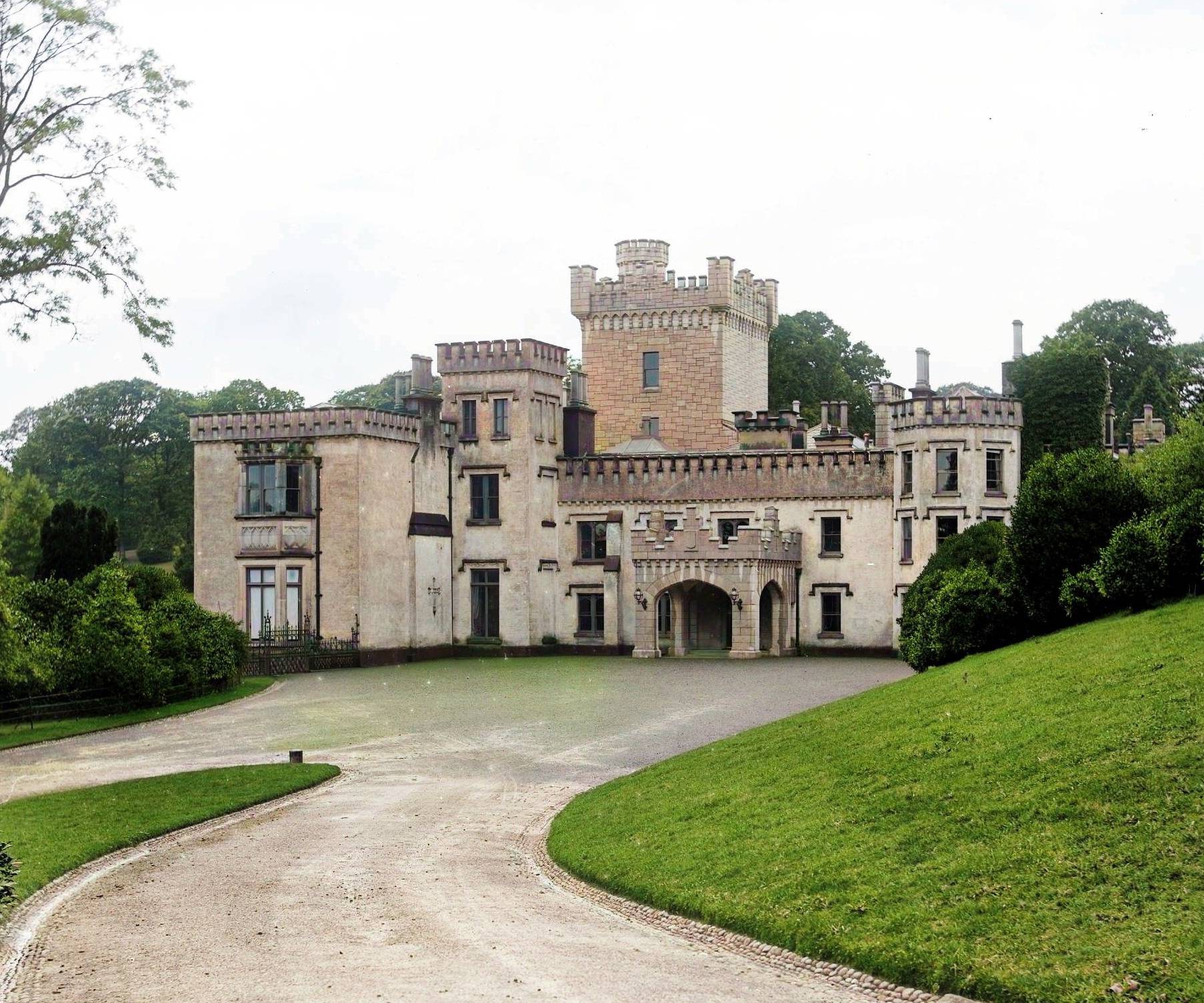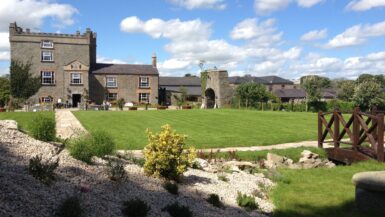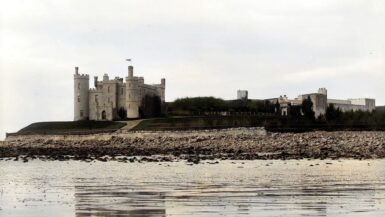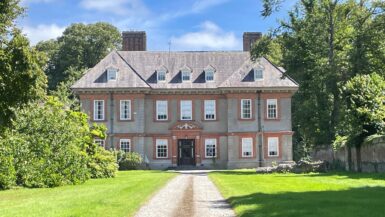Nestled in the lush, rolling hills of County Wicklow, Ireland, Glenart Castle has been captivating visitors for centuries. As a key part of Ireland’s rich history, Glenart Castle holds a unique position among the country’s historic sites. This article delves into the captivating history of Glenart Castle, exploring its architectural marvels, illustrious owners, and the significant events that have occurred within its walls. Join us on this journey through time as we uncover the secrets of one of Ireland’s most enchanting castles.
The Early History of Glenart Castle
The history of Glenart Castle begins in the early 17th century when the land was granted to the influential Allen family by King James I. The Allens, originally from Staffordshire, England, were granted vast estates across Ireland, including the land on which Glenart Castle now stands.
In 1635, the Allen family constructed a modest manor house on the property. This original house, known as Glenart House, served as the family’s residence until the early 19th century.
The Birth of Glenart Castle: A Gothic Revival Masterpiece
In the early 1800s, the Allen family decided to renovate and expand Glenart House. Inspired by the Gothic Revival architectural movement, they commissioned the renowned Irish architect Daniel Robertson to design the new structure. Robertson, who was responsible for designing some of Ireland’s most iconic buildings, transformed Glenart House into the breathtaking castle we see today.
Completed in 1835, the new Glenart Castle featured an array of Gothic Revival elements, such as pointed arches, intricate stone carvings, and soaring ceilings. The castle’s exterior boasted elaborate battlements and turrets, while the interior showcased exquisite craftsmanship, including intricately carved woodwork and elegant stained-glass windows. Glenart Castle was truly a sight to behold, and its stunning design attracted the attention of visitors and architectural enthusiasts alike.

Glenart Castle’s Illustrious Owners
Throughout its history, Glenart Castle has been home to a number of notable families and individuals. After the Allen family’s tenure, the castle passed to the Probyn family, who owned it for much of the 19th century. In 1896, the wealthy Scottish entrepreneur James P. White purchased the castle and its surrounding estate. White, who made his fortune in the jute industry, invested heavily in Glenart Castle, adding new features such as a beautiful Italian garden and modern amenities like electricity and central heating.
In the early 20th century, Glenart Castle was acquired by the Earls of Carysfort, a prominent Irish aristocratic family. The castle remained in their possession until the mid-20th century when it was sold to a private owner.
Glenart Castle During World War I
Glenart Castle’s history took a dramatic turn during World War I. In 1914, the castle’s then-owner, James P. White, offered the use of Glenart Castle to the British Red Cross as a convalescent home for wounded soldiers. Throughout the war, the castle served as a refuge for hundreds of soldiers, providing them with a peaceful and nurturing environment in which to recover from their injuries.
During this time, Glenart Castle became a hub of activity, with medical staff, volunteers, and patients all living and working within its walls. The castle’s grand rooms were converted into wards, while its extensive grounds were used for recreational activities and therapy for the recovering soldiers. The dedication and compassion displayed
by the staff and volunteers at Glenart Castle during this period made a significant impact on the lives of the wounded soldiers, who often referred to the castle as a “haven of rest.”
Glenart Castle in the 20th Century
Following World War I, Glenart Castle returned to its role as a private residence. The castle changed hands several times throughout the 20th century, with each new owner making their own unique contributions to the property. In the 1950s, the castle was purchased by the Guinness family, who were known for their successful brewing empire. The family invested heavily in the restoration and maintenance of Glenart Castle, ensuring that its architectural splendor was preserved for future generations.
During the latter half of the 20th century, Glenart Castle was opened to the public for the first time. Visitors flocked to the castle to marvel at its stunning architecture and learn about its fascinating history. The castle quickly became one of County Wicklow’s most popular tourist attractions, earning a reputation as a must-visit destination for anyone interested in Irish history and heritage.
Glenart Castle Today: A Living Piece of History
Glenart Castle has now unfortunately closed its doors to the public, leaving an aura of mystery and abandonment. This majestic estate, with its storied past and architectural grandeur, has seemingly succumbed to the ravages of time and neglect. The reasons for its closure remain unclear, but the result is a palpable sense of loss among those who cherish Ireland’s rich heritage. Now, whispers of its forgotten glory echo through the empty halls and overgrown gardens, as Glenart Castle stands as a silent witness to the passage of time, its beauty and history cloaked in solitude, awaiting a future that might once again welcome the footprints of admirers.






Leave a reply